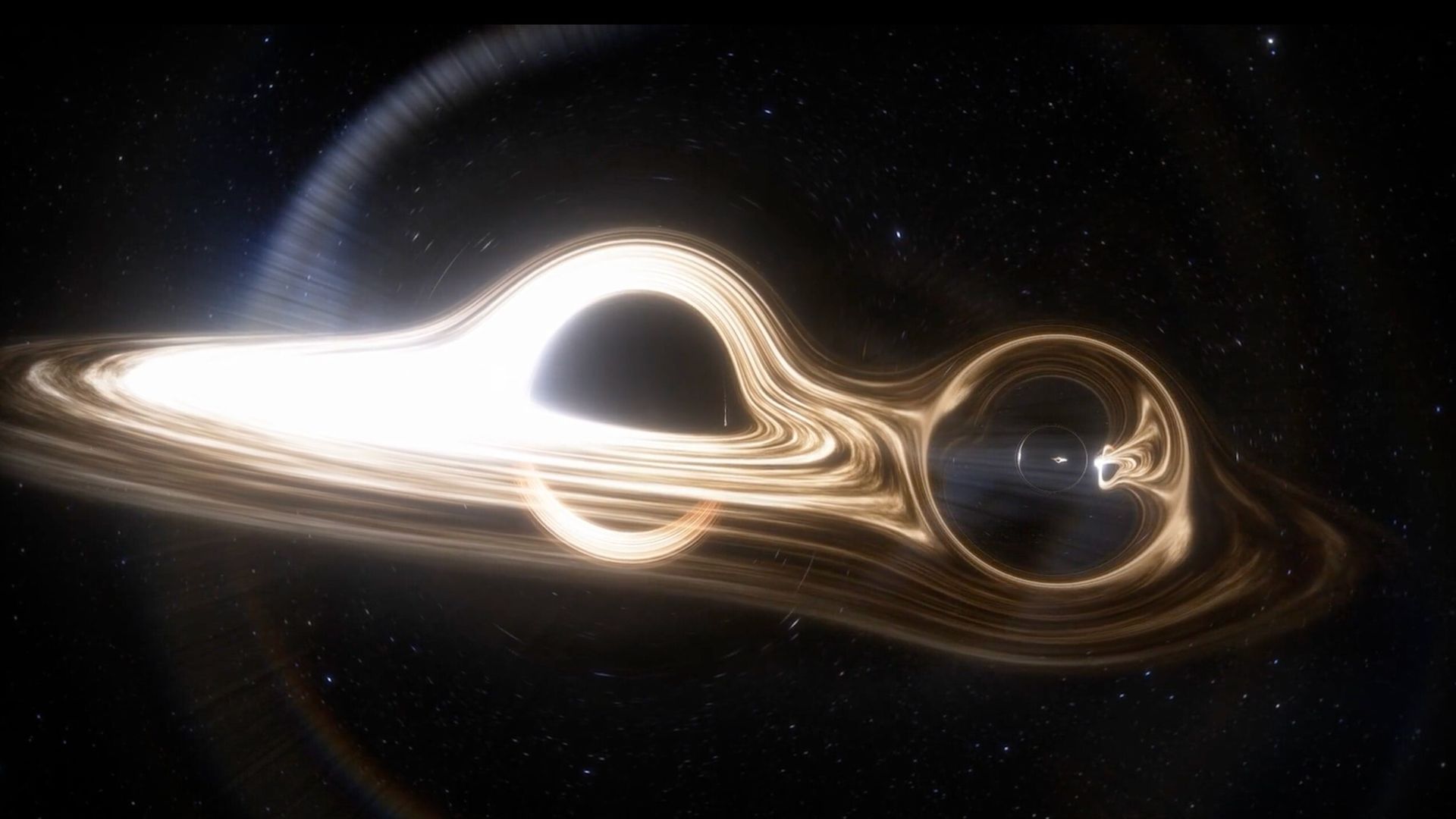Largest Black Hole Merger Discovered — Creates a 225-Sun-Mass Monster

A Groundbreaking Discovery in the Realm of Black Holes
A recent astronomical discovery has captured the attention of scientists around the world. Researchers have identified the largest black hole merger ever observed, a monumental event that could offer crucial insights into one of the most mysterious entities in the universe.
This colossal collision occurred on the outskirts of our Milky Way galaxy and resulted in a black hole with a mass approximately 225 times that of the sun. This is nearly double the previous record, which was set by a black hole formed from a merger that had a mass of around 142 suns. The detection was made possible by the LIGO-Virgo-KAGRA (LVK) Collaboration, a network of four detectors that track cosmic events through the gravitational waves they emit.
Understanding Gravitational Waves
Gravitational waves are ripples in the fabric of space-time, first theorized by Albert Einstein and later confirmed by the Laser Interferometer Gravitational-Wave Observatory (LIGO) in 2015. The groundbreaking research that led to this confirmation earned physicists involved in the project a Nobel Prize in 2017. These waves provide a unique way for scientists to observe some of the most extreme events in the universe, such as black hole mergers.
The newly discovered black holes have masses of about 100 and 140 times that of the sun, which places them within a "mass gap" that challenges current theories about how these cosmic phenomena form. This gap refers to the range between 60 and 130 times the mass of the sun, where traditional models suggest black holes should not be able to form due to unstable collapse processes during stellar death.
The Significance of the Mass Gap
Black holes are typically categorized into two types: stellar-mass black holes, which range from a few to a few dozen times the mass of the sun, and supermassive black holes, which can be as massive as 50 billion times the sun's mass. Intermediate-mass black holes, which fall between these two categories, are rare and their formation remains a mystery. However, there have been hints of their existence, leading scientists to believe that they might form through the merging of smaller black holes.
The evidence for this particular merger came on November 23, 2023, when two tiny distortions in space-time were detected by the LIGO detectors in Louisiana and Washington. These detectors, each with two L-shaped arms stretching 2.5 miles long, use laser beams to detect changes caused by gravitational waves.
Challenges in Modeling High-Mass Black Hole Mergers
The signal from this merger was complex, involving two high-mass black holes spinning rapidly. Astronomers usually analyze black hole mergers by modeling signals from different types of binary systems before matching them to new observations. However, for this technique to be effective, the models must be precise, and Einstein's equations become more challenging to solve when dealing with rapidly spinning black holes.
Mark Hannam, a physics professor at Cardiff University and a member of the LVK Collaboration, noted that the black holes in this event appear to be highly spinning, leading to discrepancies in the models used to estimate their masses. This means that while the black holes are known to be very massive, the exact measurements remain uncertain.
To improve these calculations, scientists need to refine their models, which will likely require more observations of similar high-spin mergers. With over 300 mergers detected since the start of LIGO's first run in 2015, the potential for future discoveries is immense. However, funding challenges pose a threat to ongoing operations, with potential budget cuts that could jeopardize critical detections.
Post a Comment for "Largest Black Hole Merger Discovered — Creates a 225-Sun-Mass Monster"
Post a Comment